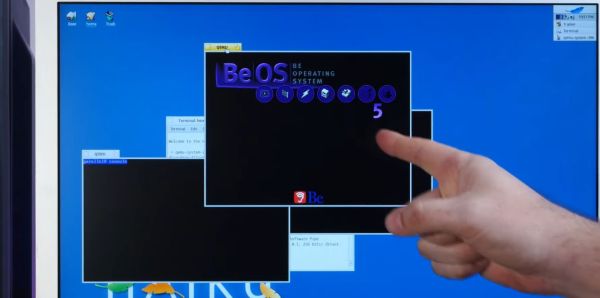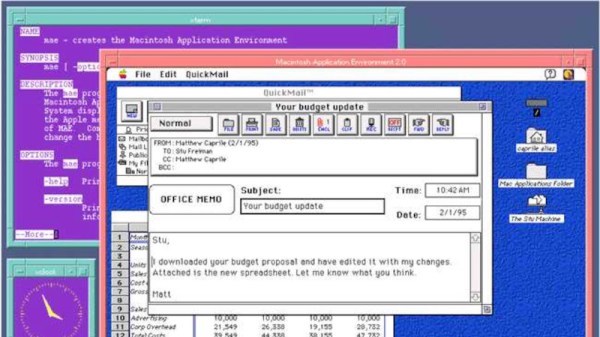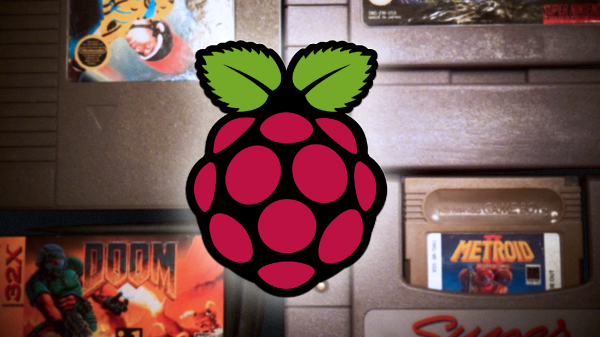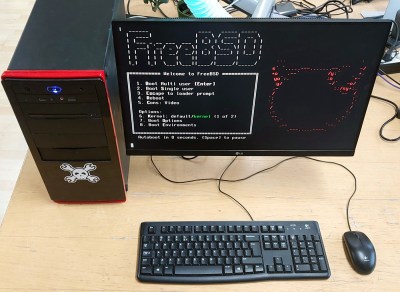Probably not too many people around the world celebrated November 1st, 2023, but on this momentous date FreeBSD celebrated its 30th birthday. As the first original fork of the first complete and open source Unix operating system (386BSD) it continues the legacy that the Berkeley Software Distribution (BSD) began in 1978 until its final release in 1995. The related NetBSD project saw its beginnings somewhat later after this as well, also forking from 386BSD. NetBSD saw its first release a few months before FreeBSD’s initial release, but has always followed a different path towards maximum portability unlike the more generic nature of FreeBSD which – per the FAQ – seeks to specialize on a limited number of platforms, while providing the widest range of features on these platforms.
This means that FreeBSD is equally suitable for servers and workstations as for desktops and embedded applications, but each platform gets its own support tier level, with the upcoming version 15.x release only providing first tier support for x86_64 and AArch64 (ARMv8). That said, if you happen to be a billion-dollar company like Sony, you are more than welcome to provide your own FreeBSD support. Sony’s Playstation 3, Playstation 4 and Playstation 5 game consoles namely all run FreeBSD, along with a range of popular networking and NAS platforms from other big names. Clearly, it’s hard to argue with FreeBSD’s popularity.
Despite this, you rarely hear people mention that they are running FreeBSD, unlike Linux, so one might wonder whether there is anything keeping FreeBSD from stretching its digital legs on people’s daily driver desktop systems?
Continue reading “FreeBSD At 30: The History And Future Of The Most Popular BSD-Based OS”


















